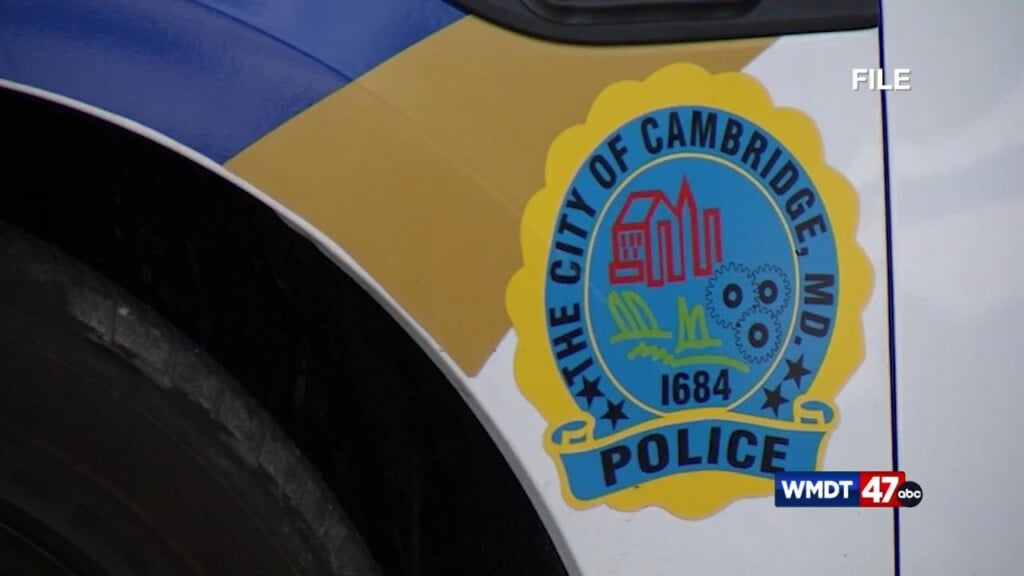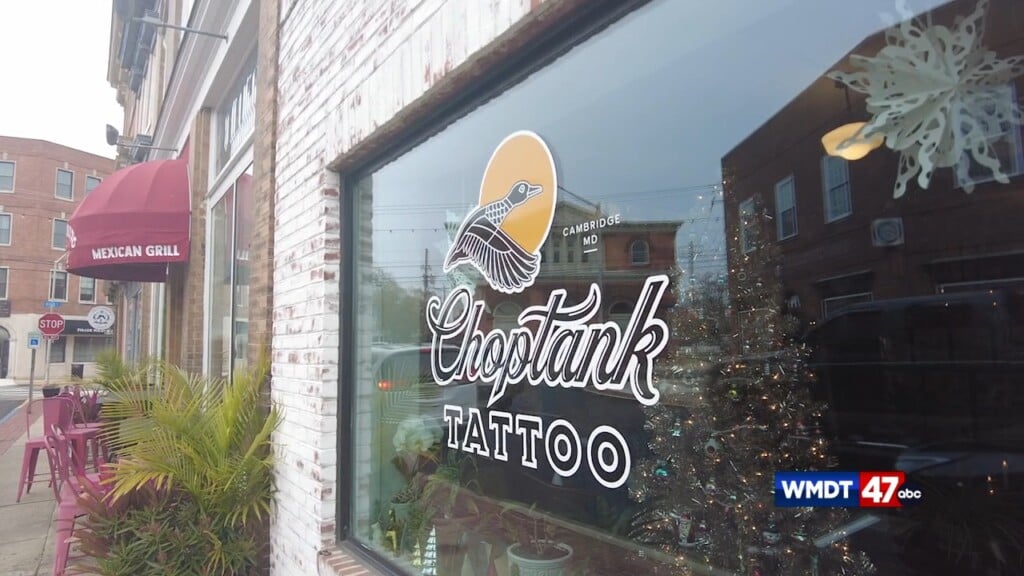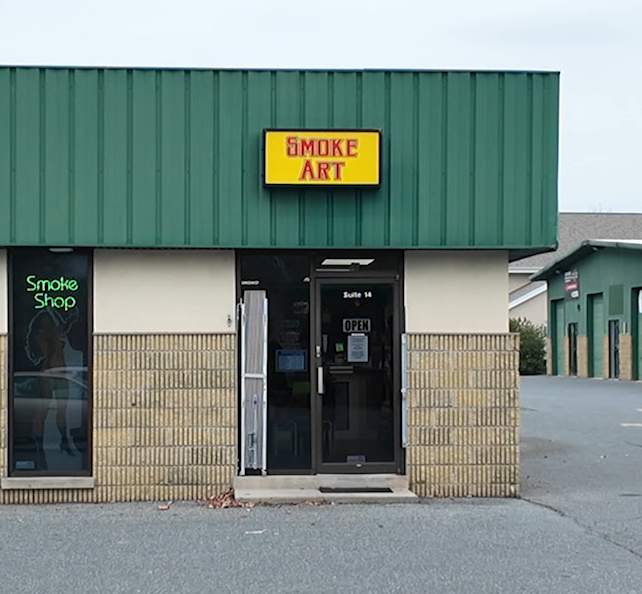Gov. Moore touts optimism in State of the State address, Republicans doubt sustainability
MARYLAND – The State of Maryland is under a looming $3 billion shortfall in its budget. However, Governor Wes Moore (D-Md.) remained optimistic about the work ahead in his State of the State address on Wednesday.
New Administration, New Worries
Outlining the year’s agenda, Gov. Moore warned about how the Trump Administration’s actions could impact Maryland.
“We have seen the beginnings of a trade war, the shuttering of federal agencies, and thousands of workers laid off … These actions mark a shift in a long-standing relationship and long-standing norms between Washington and Maryland … I fear that our most charitable expectations will be met with harsh realities,” Gov. Moore said in his address.
Challenges and Wins in the Economy
The governor also outlined challenges ahead for the state’s economy. It currently holds a gross domestic product half that of the nation.
Despite that, Gov. Moore reported nearly 100,000 jobs have been created in the last two years. He also touted the raise in minimum wage, and a dip in unemployment numbers. Gov. Moore added women’s participation in the workforce increasing.
Reworking Tax Code
The governor aimed at the state’s tax system, calling it unfair.
“Right now, someone who is making $30 million a year is in the same tax bracket as a family making $300,000 … We have put forward a common-sense (legislative) package for tax reform that will make taxes simpler, fairer, and pro-growth,” said Gov. Moore.
Under the plan, about two-thirds of Marylanders would see tax cuts. About 82 percent would either receive a cut or see no change at all. The highest earners would see a tax increase of 0.25 percent.
Additionally, the governor said lawmakers would work to close corporate tax loopholes and lower the corporate tax rate. He also said he would increase access to child tax credits. Small businesses would also be able to take advantage of corporate and income tax credits.
Key Industries for Investment
Gov. Moore also promised to investigate current state programs to determine which brought Marylanders the most bang for their buck. At the same time, he said investing in the information technology, aerospace, defense, and life sciences sectors would be crucial in strengthening the state’s economy.
“I want to make sure that all of the sectors that define the economies of tomorrow will be housed right here in the State of Maryland,” Gov. Moore said.
Republicans: Plan is Unsustainable
However, Republican lawmakers called the governor’s proposed pathway unsustainable.
“It is this path that has brought us to the $3 billion deficit we are currently facing, which is expected to grow to a $6 billion deficit by Fiscal Year 2030,” said House Minority Leader Jason Buckel (R – Md. District 1B).
Buckel blamed Democratic lawmakers for unchecked spending. He said the cuts proposed in Gov. Moore’s budget will not dig the state out of its sour financial situation.
“The largest cut in Governor Moore’s budget is not a cut at all, but merely a decision not to put $420 million into the Rainy Day Fund, our state’s savings account. He also shifts $145 million in spending onto the backs of local governments,” Buckel said in the Republican rebuttal of the address.
Additionally, Buckel warned the middle class would only see tax relief to the tune of a tenth of a percent. He also said the elimination of itemized deductions like interest on mortgages, the state’s vehicle trade-in allowance, and a proposed delivery service fee would impact working Marylanders.
Buckel said all of that was in line with the governor’s history of budget balancing.
“There have been more than 400 individual, new increased taxes and fees on Marylanders since Governor Moore took office,” Buckel stated.
Tackling Transportation Troubles
Buckel called Maryland’s motorists the “most beleaguered and exploited” taxpayers in the state. He said about half of the state’s Transportation Trust Fund is supported by registration and titling fees, excise, and gas taxes.
Gov. Moore, however, said those taxpayers would only be unburdened by money included for transportation in his proposed budget.
“Our transportation budget includes more than $21 billion to make Maryland transportation safe and more reliable through common-sense investments,” Gov. Moore said, adding that would include bridge and roadway repairs, as well as advancing critical highway projects.
Can Maryland Reach Climate Goals?
Conservation and climate goals were also a centerpiece of the governor’s address.
“We will lean into the cherished heirlooms that have sustained our economy for decades: from the Bay to the mountains to the shore … Because investing in conservation, environmental protection, and the great Maryland outdoors isn’t just the responsible thing to do–it will also help grow our economy,” Gov. Moore said.
But Republicans have taken issue with Maryland’s climate goals.
In particular, Buckel criticized the state’s commitment to reduce greenhouse gas emissions by 60 percent by 2031 and to reach net zero emissions by 2045. He also called Maryland’s adoption of the state of California’s standard to ban the sale of all gas-powered vehicles by 2035 unreasonable.
“Our state’s environmental goals are not only unattainable by practical standards, but their outrageous costs are financially suffocating our citizens,” Buckel said.
Teacher Shortage, Blueprint Blues
All of this as the state is facing a teacher shortage in the tens of thousands.
Gov. Moore said his administration is seeking legislative authority to launch a national campaign to recruit top educators. He added it is building out debt-free pathways to teaching careers, and increasing K-12 funding by $550 million.
Also under the microscope: the Blueprint for Maryland’s Future. The ten-year plan calls for an annual increase of $4 billion in state and local spending on education.
The governor acknowledged the concerns of many lawmakers that it is too much, too soon.
“All of you did the hard work to create (the plan), but together we are going to do the hard work to make sure it’s implemented effectively,” Gov. Moore promised.
However, Buckel cast doubts on the plan, which has been advertised as fully funded for this year.
He said about 12 percent of the state’s total sales tax revenue, or about $1 billion previously potted for health care, public safety, and infrastructure, are now drawn into the Blueprint.
“To say the Blueprint is not contributing to Maryland’s deficit is just not true,” Buckel said.
Looking Ahead
With the mounting challenges, in the end, the governor called on lawmakers to confront what he called a crisis with courage.
“We face not simply a test of our aspirations, but our fidelity to a long tradition of what defying the odds looks like when other people say things are impossible,” Gov. Moore said.
In May, the state Department of Budget and Management will review resources and budgetary needs to establish targets for the following fiscal year. Come June, the department will make preliminary projections on expenditures. The current fiscal year begins on July 1st.


